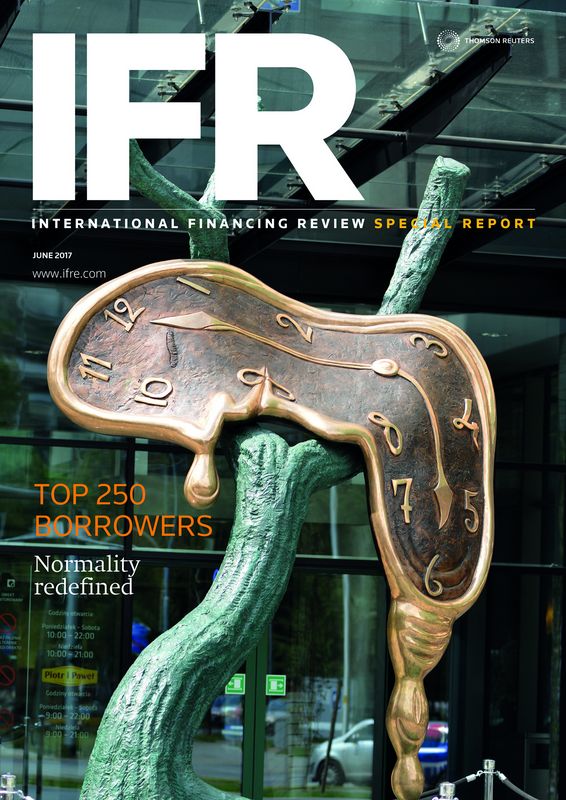Normality redefined: There comes a time when things have been out of kilter with what would generally be construed as normal for so long that they begin to become accepted as ‘just the way it is’. And so it is in the debt markets. Few would claim that conditions are currently normal, although just what that actually means is open to question.
The truth is that the environment for raising debt remains favourable in a world where logic has been turned on its head.
There has now been a decade of ultra-low rates and trillions of dollars of quantitative easing from central banks. A decade, in fact, since the situation was last ‘normal’, although history shows the results of that normality were far from ideal.
There is little that appears to have the ability to destabilise the markets at present. Certainly, there have been a few hiccups along the way, although that is nothing out of the ordinary. But the prospect of the safety net gradually being withdrawn - be it in the guise of European QE programmes beginning to wind down or interest rates climbing in the US - have done little to dampen spirits.
Indeed, bond issuance in the US, particularly on the investment-grade side of the equation, has continued apace, while the high-yield market across the board has benefited from an investor migration down the ratings spectrum as buyers look to bolster their returns.
As far as Europe was concerned, this often meant some yield rather than none - or even less than that.
While negative yields had become commonplace in parts of the sovereign market - most notably the short end of the German curve - the phenomenon even stretched to corporate paper during 2016.
It was first evidenced by Henkel and Sanofi on a memorable day in September, when they both sold new issues at levels that effectively meant investors were paying for the pleasure of lending them money. Deutsche Bahn had already done a similar thing some two months earlier, although it was not viewed in some quarters as a ‘proper’ corporate, given its state ownership.
Even at that stage, it was predicted to be just a matter of time before that particular universe widened, given secondary yields that were already negative across a large swathe of the market.
Covered bonds, unsurprisingly, had already crossed that Rubicon, Berlin Hyp selling a new issue at a negative yield in March, while CIBC, more to the point, followed suit in July with the first non-ECB-eligible bond to achieve the feat.
Anything that offered a modicum of spread was in demand, emerging market credits taking advantage of the situation to come to market. From Latin America, which defied those that thought a Donald Trump presidency would hinder the efforts of the region’s issuers, through the Middle East, and on to China, where offshore supply kept coming at a fast pace, there was no shortage of candidates.
Even Russia made a comeback, although how widely distributed the paper was and to what extent any rehabilitation is truly under way remains debatable.
There has also been a more measured approach to the regulation-driven supply from the banking sector, where Additional Tier 1 and Tier 2 capital sit alongside the new bail-in-able senior debt.
There is yield, but there is also risk. But, as seen following the wiping out of junior bondholders at Banco Popular, an event which previously might have caused the entire asset class to collapse, the market seems to have matured - or at least adapted to the extent required to cope with the new normal.
To see the digital version of this special report, please click here
To purchase printed copies or a PDF of this report, please email gloria.balbastro@tr.com


